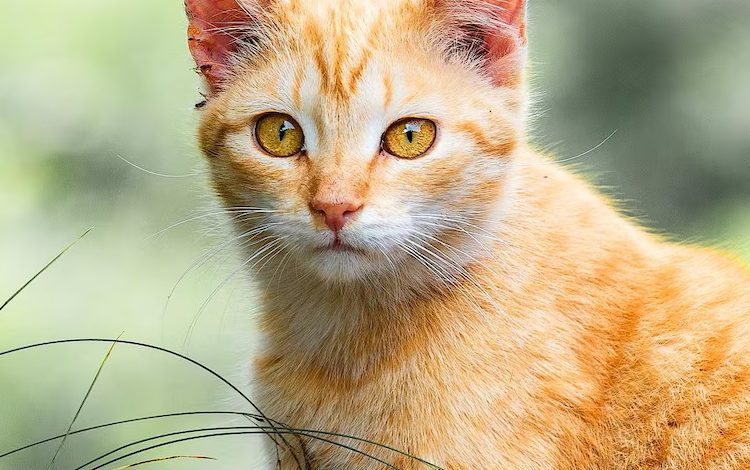When Do Kittens Develop Teeth? Understanding the Timing and Indicators

Similar to humans, kittens experience the natural process of losing their milk teeth, which is entirely normal and does not require concern. Fortunately, this transition phase is generally painless for kittens. Nevertheless, it is essential to be aware of this ongoing process to address any potential issues, such as sore gums or retained milk teeth, promptly and appropriately.
Timing of Kittens’ Dental Development
Kittens typically lose their milk teeth between the ages of three and four months. The growth of kitten teeth follows a specific pattern. If you observe your kitten losing its teeth, there is no cause for alarm. This general timeline will help you comprehend the stages of kitten dental development, as reported by Love to Know Pets on Sunday (4/6/2023).
The initial set of teeth that emerge in kittens are referred to as baby teeth or “milk teeth.” This set comprises 26 teeth that start growing at around three weeks of age. By the time the kitten reaches six weeks old, all the teeth and gums should be visibly present.
The first teeth to appear from the kitten’s gums are the front incisors. Subsequently, the canine teeth become visible at approximately one month old. Finally, at six weeks of age, the premolars can be observed.
Also Read: Discovering the Symbols and Significance of Yellow Roses
Between three and four months of age, kittens begin to lose their primary teeth as the mature teeth emerge, displacing the gums. You may notice that the permanent teeth emerge just behind the fallen primary teeth, as both processes occur nearly simultaneously.
While there is no fixed order in which the teeth erupt, the incisors typically appear first, followed by the canines or molars.
By the time a kitten reaches six months of age, it usually possesses a complete set of permanent adult teeth, which have replaced the primary teeth entirely. This new set of teeth consists of 30 teeth, including four molars. The process of growing adult teeth mirrors that of kitten teeth, with the incisors usually being the first to erupt, typically around 3.5 to four months old.
Indications of Teething in Kittens
Generally, the transition from primary to permanent teeth in kittens occurs smoothly. However, it is important to watch out for certain signs. Teething may cause discomfort and irritation in a kitten’s gums. Here are some indications to be aware of:
- Increased chewing: Kittens may exhibit a higher tendency to chew, particularly on inappropriate objects like shoes, furniture, or bedding.
- Drooling: The pressure from the emerging permanent teeth on the small roots of the primary teeth can stimulate saliva production, resulting in drooling.
- Bleeding gums or pink saliva: In some cases, you may observe bleeding gums or notice pink saliva.
- Increased face rubbing or pawing at the mouth: Kittens might display more frequent face rubbing or pawing at their mouths, attempting to alleviate any discomfort.
- Reluctance to eat: If their gums are excessively sore, kittens may exhibit reluctance to eat.




